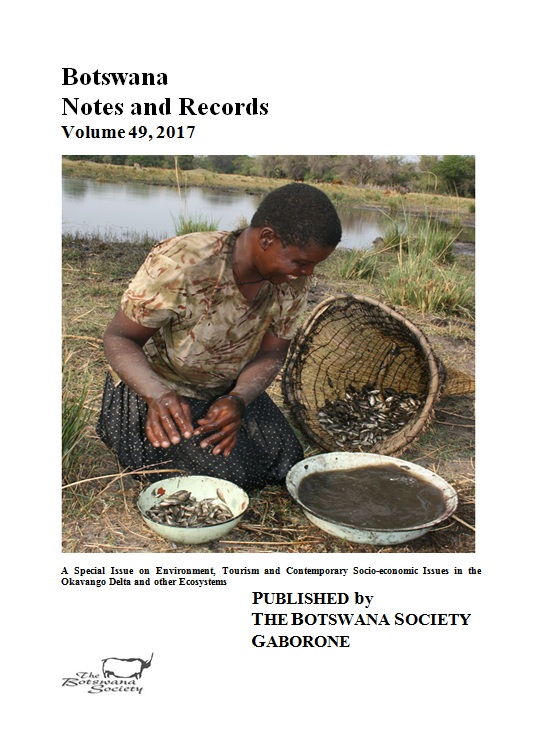Heat Wave Characteristics in the Context of Climate Change over the Past 50 Years in Botswana
Main Article Content
Abstract
Heat waves have impacts on human health, society and the economy. This study seeks to improve the understanding of their characteristics in Botswana. For their identification, a heat wave is defined as a period when daily maximum temperatures exceed the normal maximum temperatures by 5 0C for at least five successive days. Four heat waves variables: (i) mean severity, (ii) mean frequency, (iii) mean duration, and (iv) mean number of heat wave days, have been estimated. Daily maximum temperature observational data for nine synoptic weather stations, which have been used in the study, were obtained from the Botswana Department of Meteorological Services. The stations had data records falling within the period 1959 to 2015 (56 years). The selected heat waves variables have been analysed for trends, whose statistical significance have been assessed using the Mann Kendall test. It has been found that the stations' mean severity and mean number of heat wave days (the more robust heat waves variables) generally had rising trends over the period 1959 to 2015. The Mann Kendall test revealed that two of the nine selected stations' mean severity had trends that were statistically significant at 10% significance level. It also revealed that a different pair of the selected stations had statistically significant trends in their mean number of heat wave days. The trends in the other stations' mean severity and mean number of heat wave days were not statistically significant. With regard to the trends in the mean duration and mean frequency (the less robust heat waves variables), the test indicated that they did not have statistically significant trends at the chosen level of significance.
Article Details
Section
SECTION ONE: ARTICLES
